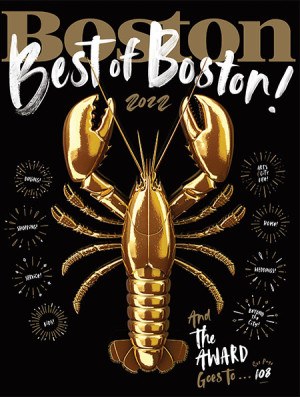Short Film Shows How Boston Has Changed Since 1920s

Via Boston in Flux
Two local filmmakers, Richard Hawke and Paul Villanova, have created an intriguing short film showing how Boston has evolved since the 1920s.
Boston in Flux features scenes of Copley Square, Faneuil Hall, Boston Common and the Public Gardens, East Boston, Charlestown, and Beacon Hill—all blended with layers of effects and filters to merge past and present. The film is accompanied by a score of remixed period music from Marc Valois, a partner and founder of Starlab Studios, a multimedia production studio in Union Square, Somerville.
The bulk of the nine months it took to make the film were dedicated to the difficult task of finding digitized archival footage of Boston. Villanova said that there is a limited supply of digitized film of Boston from the early 20th century. He even debated trekking to the National Archive in Washington, D.C., to cull through hard film copies of Boston footage, but didn’t have enough time.
“I was really surprised by how hard it was to find great archival film content. There’s great still photographs of Boston from the 1920s, but not much in terms of moving film,” said Villanova.
The short film was a labor of love for Villanova and Hawke.
“What I love about this city so much is it is an inherent paradox. It is so tied to the past through buildings that have been here for hundreds of years, but at the same time you walk down the street and something is changing. There is an interesting tension between history and progress,” said Villanova.
One of the most striking parts of the film is a black and white shot of the Copley Square library that gradually gives way to colorful towers behind and a green duck boat on Boylston Street.
OK, enough talk. Just watch it. Check out Boston in Flux below:


